British motorsport and technology company Prodrive has unveiled plans for a groundbreaking, three-car, 250-person Dakar desert race team, backed by Mumtalakat, Bahrain’s sovereign wealth fund, and called BRX, for Bahrain Rally Xtreme.
The team will challenge for outright honours in the 4400-mile Dakar Rally in January next year, using an all-new car designed at Prodrive and specifically intended for a global programme of off-road events, starting with the Dakar. Called the BRX T1, it may in future be developed as a road car for private sale – a so-called “Ferrari of the desert” – or for other uses.
The multimillion-pound BRX project, backed by the Bahraini government and led by Prodrive founder and chairman David Richards as team director, will use an all-new Ian Callum body design. It’s currently under construction inside the company’s headquarters in Banbury, Oxfordshire. Although Prodrive will continue to build Aston Martin racing cars for the foreseeable future, the Dakar project is likely to become its headline business over the next four years.
The Dakar entry is a surprisingly sleek-looking, raised two-door coupé based on a tough and complex steel spaceframe, clad in a carbonfibre-and-composite body and painted in what Prodrive describes as Bahraini Racing Red. It stretches 4.5 metres (about the length of a Ford Focus) and rides on 15in wheels and huge tyres protruding from even more massive wheel arches. Its body is designed for a better aerodynamic performance than most rivals, although it does feature an air scoop on its roof, which is obligatory for most off-road competition cars.
Overhangs are short, so the T1 has a relatively long wheelbase of 2.9 metres, with a height of 1.8 metres. It uses a ‘crate’ engine: a modified version of Ford’s ubiquitous twin-turbocharged 3.5-litre petrol V6, mounted well back in the nose, almost between the two occupants. The north-south unit sends its drive via a short torque tube to a six-speed sequential gearbox, before a centre differential splits it between the front and rear wheels. Power is regulated at 400bhp, which Prodrive engineers say is easy for this engine; in other applications, it has made twice that.
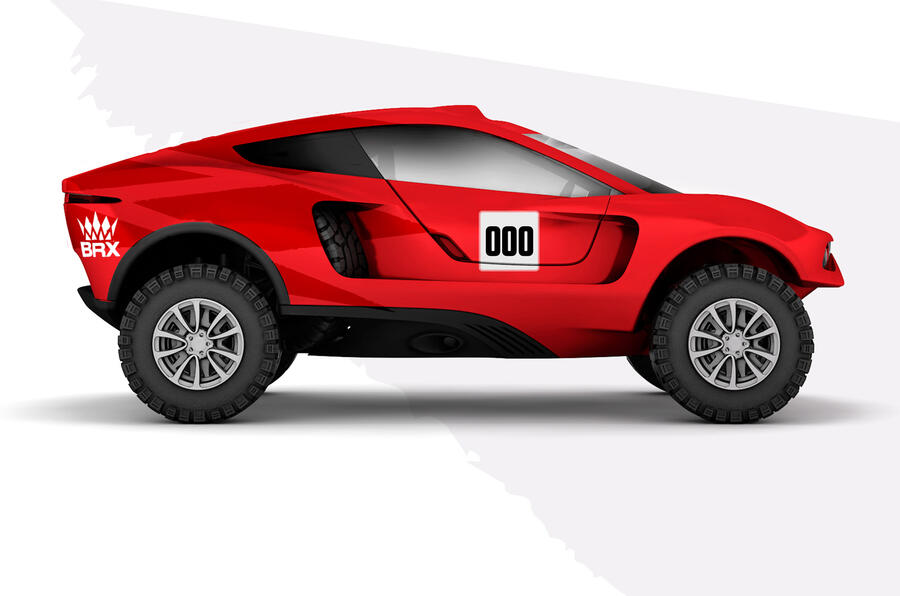

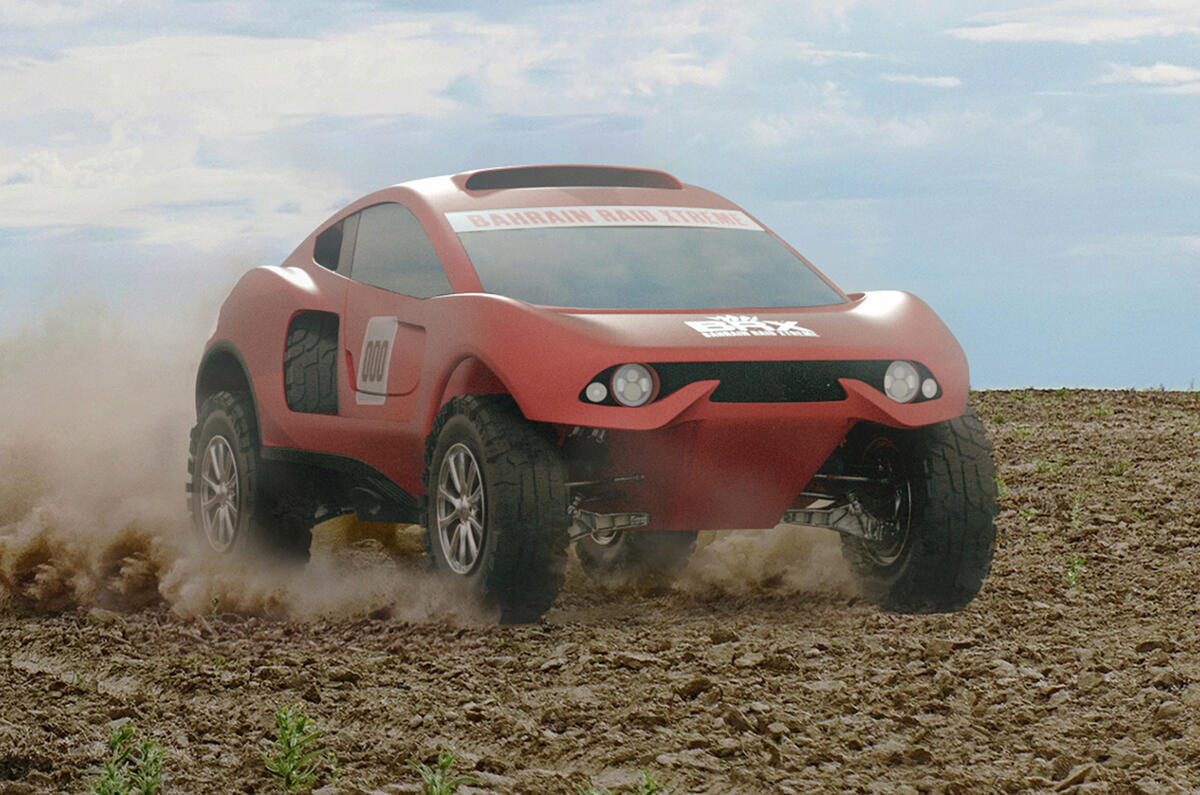
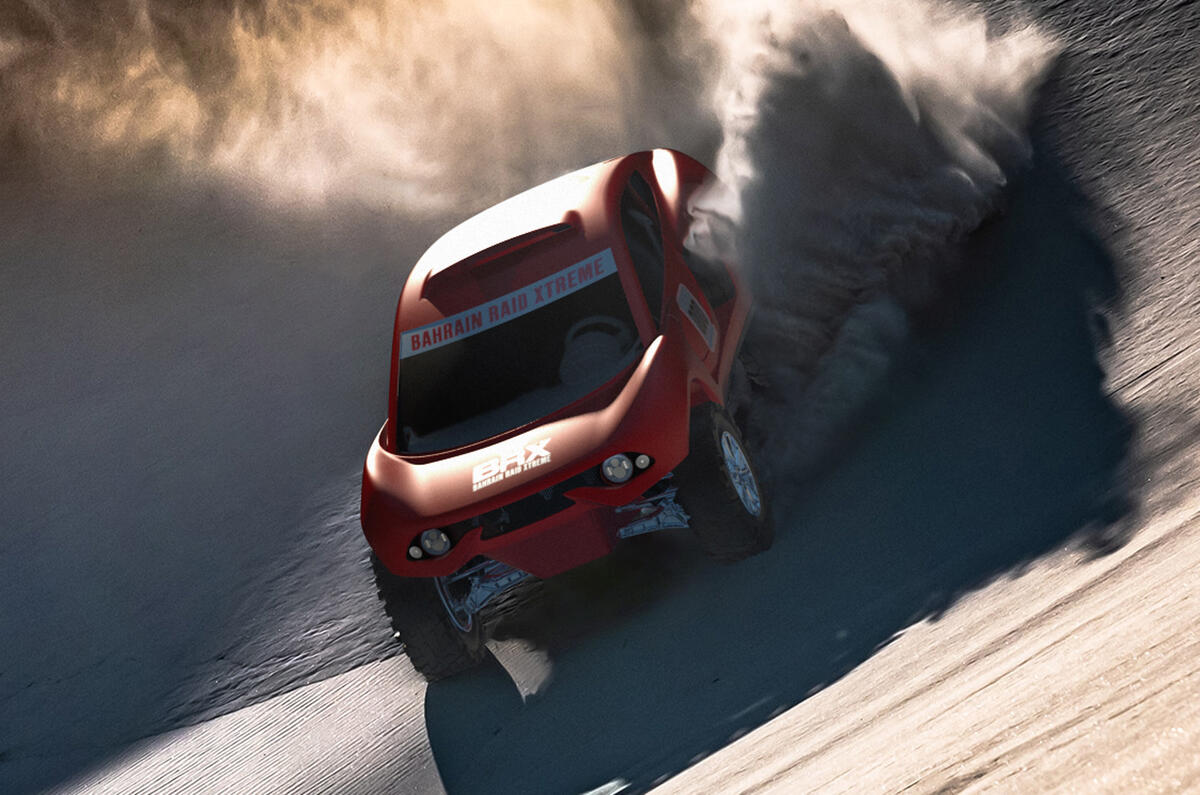
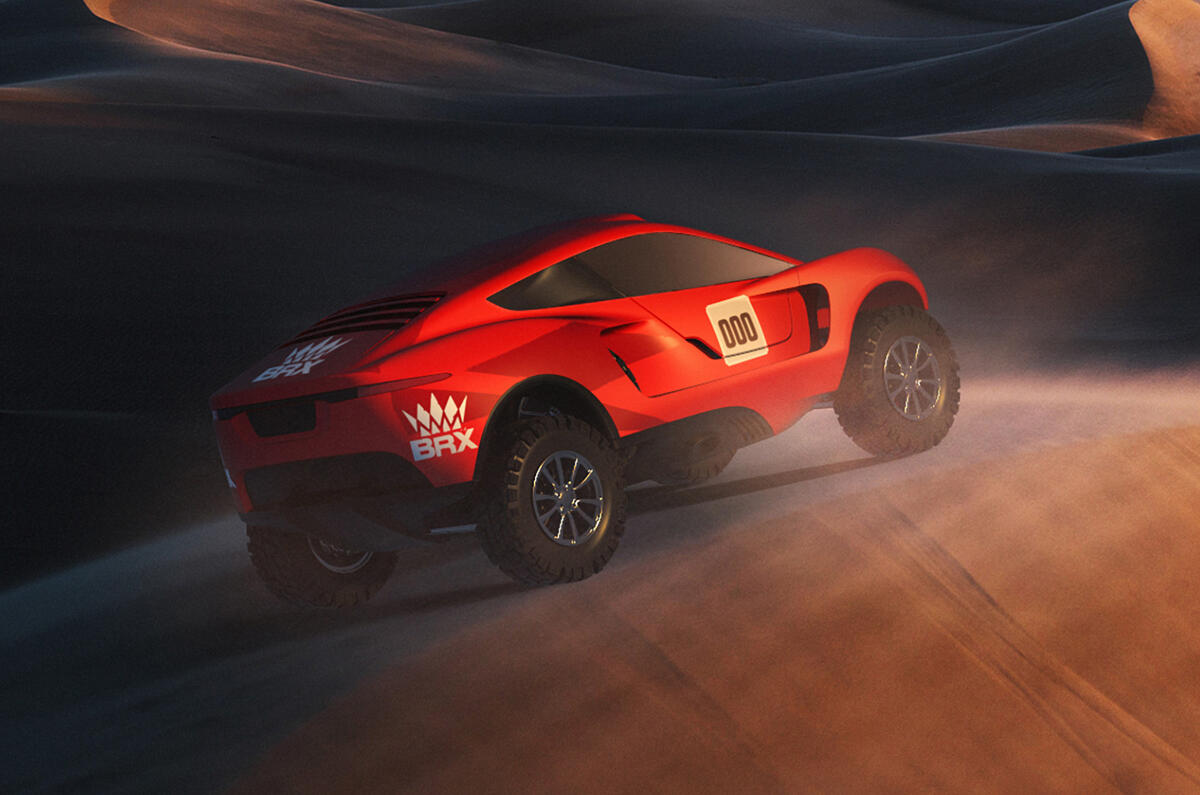
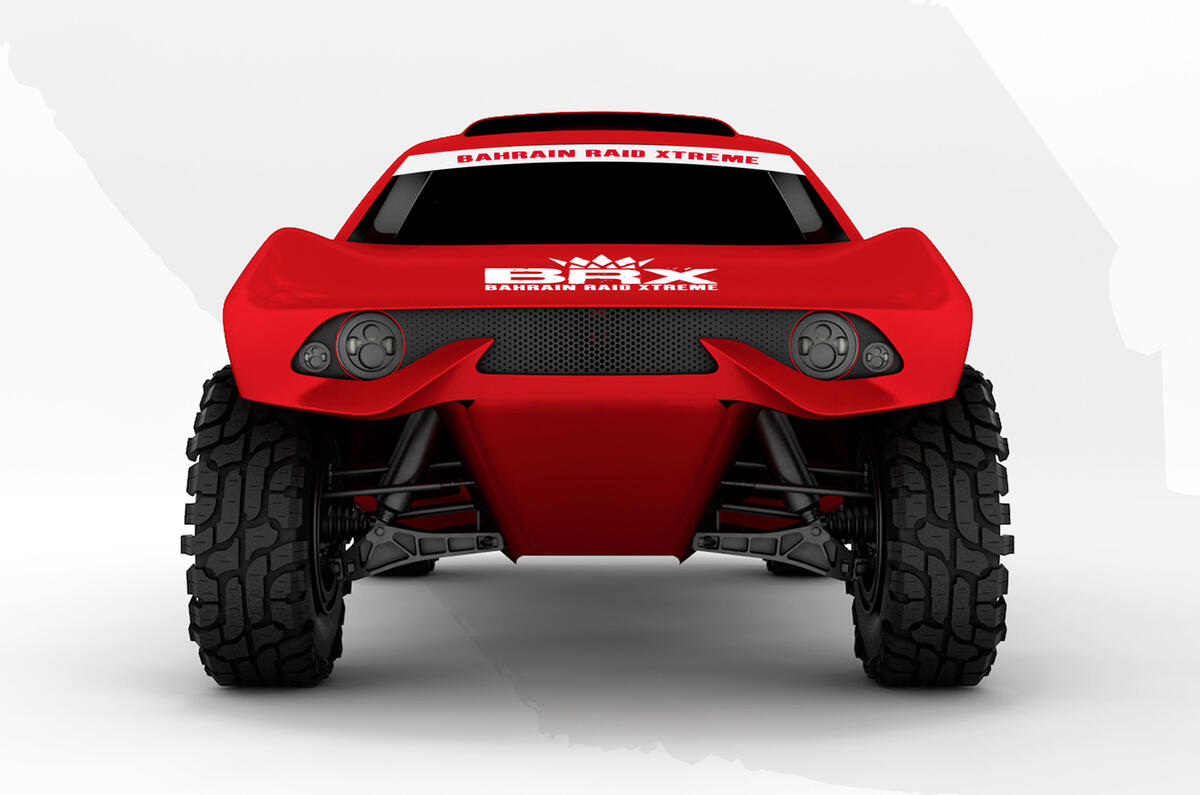
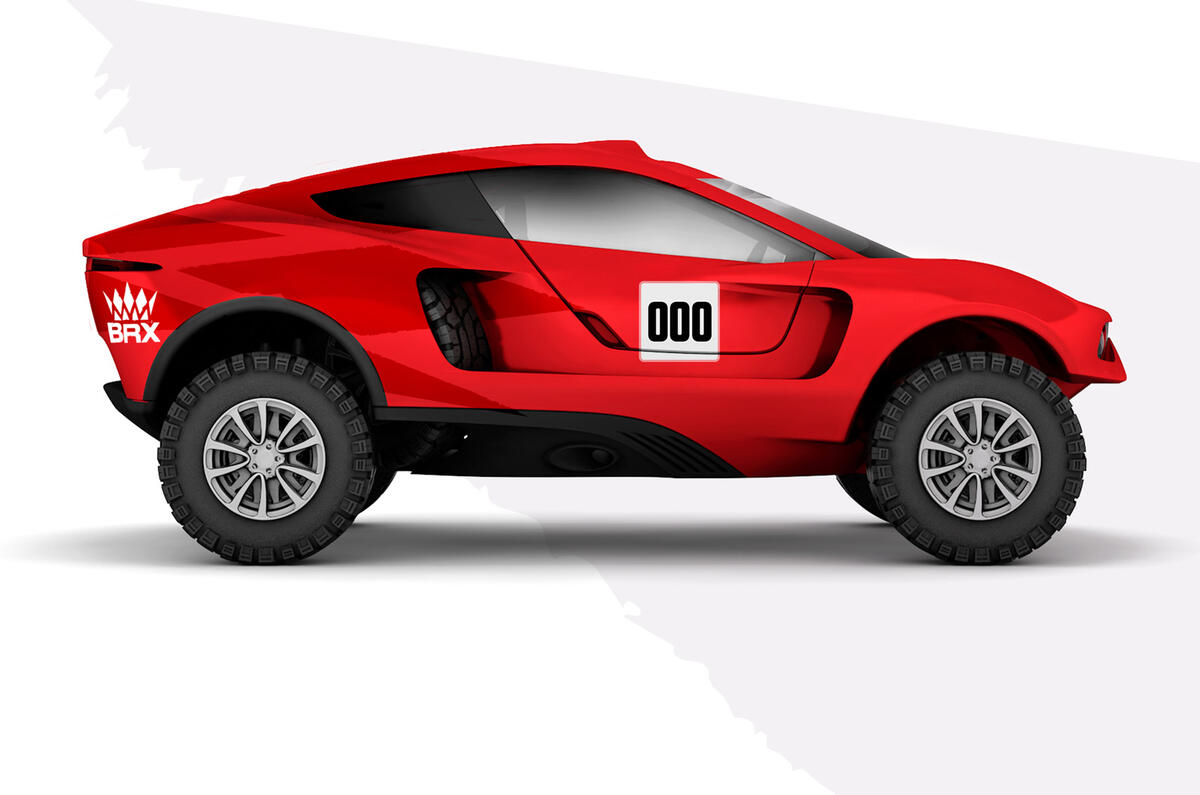
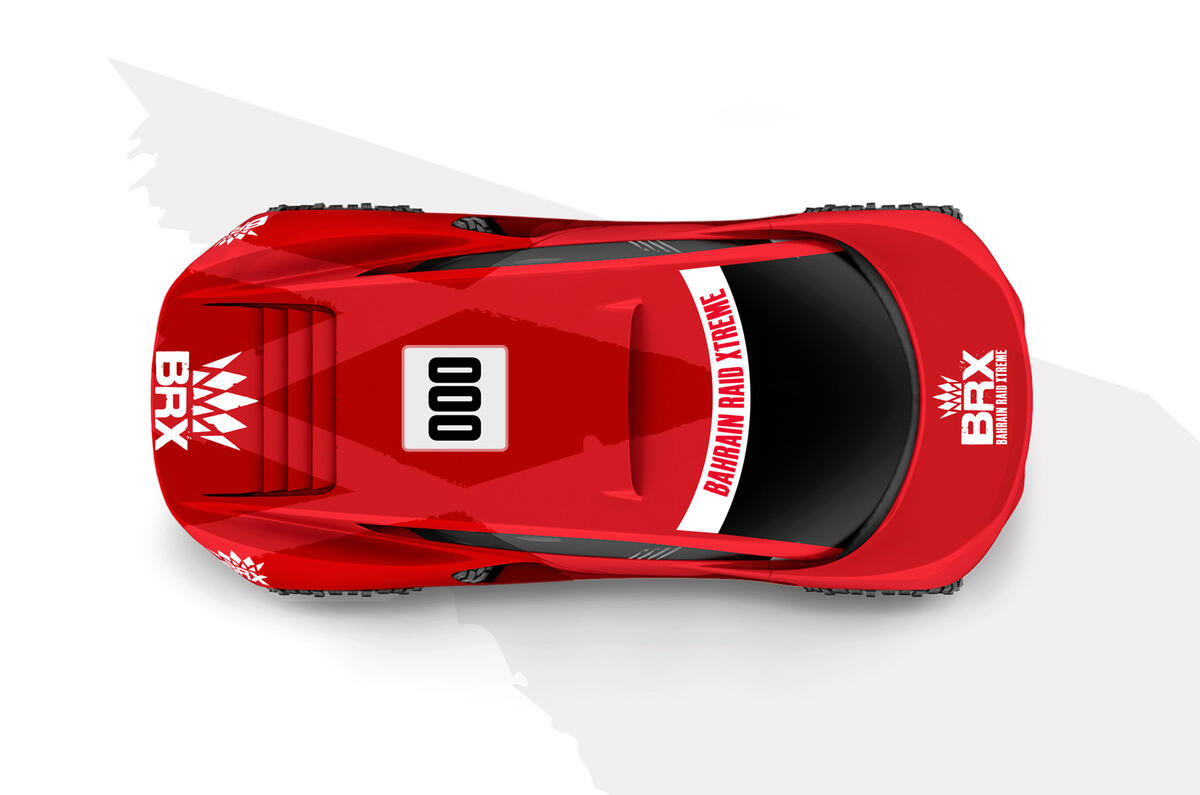
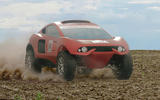
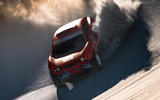

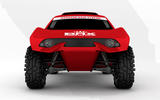
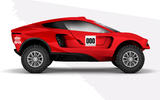
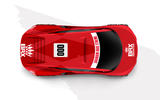


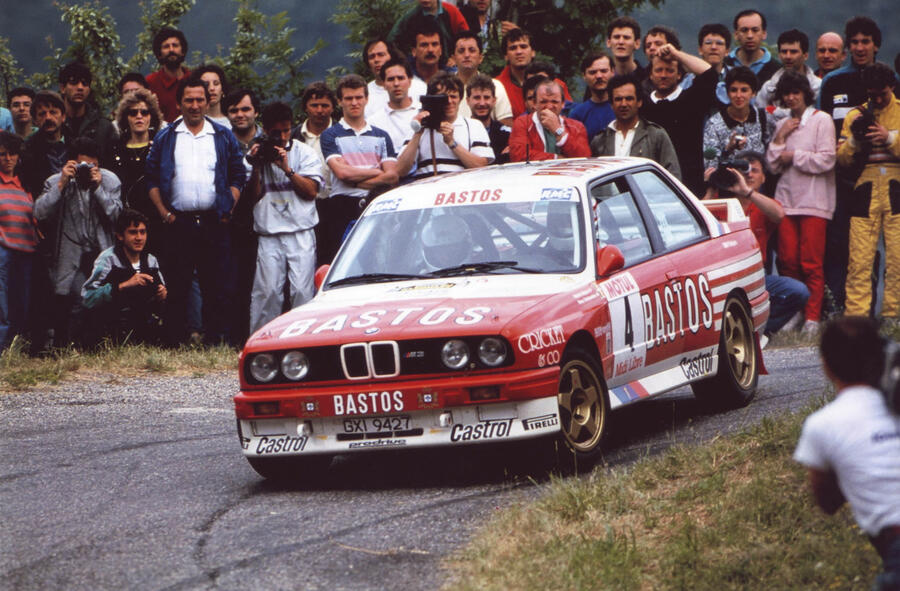
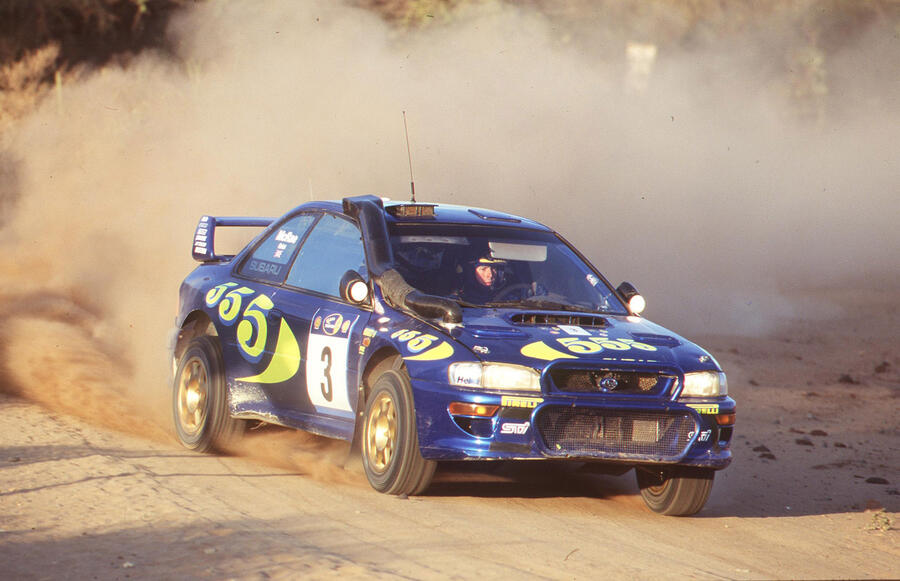
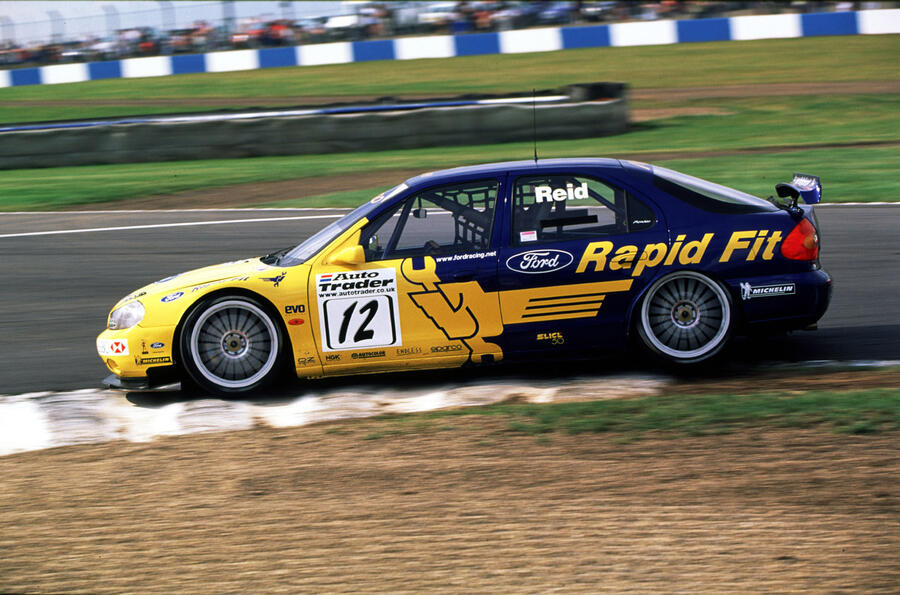
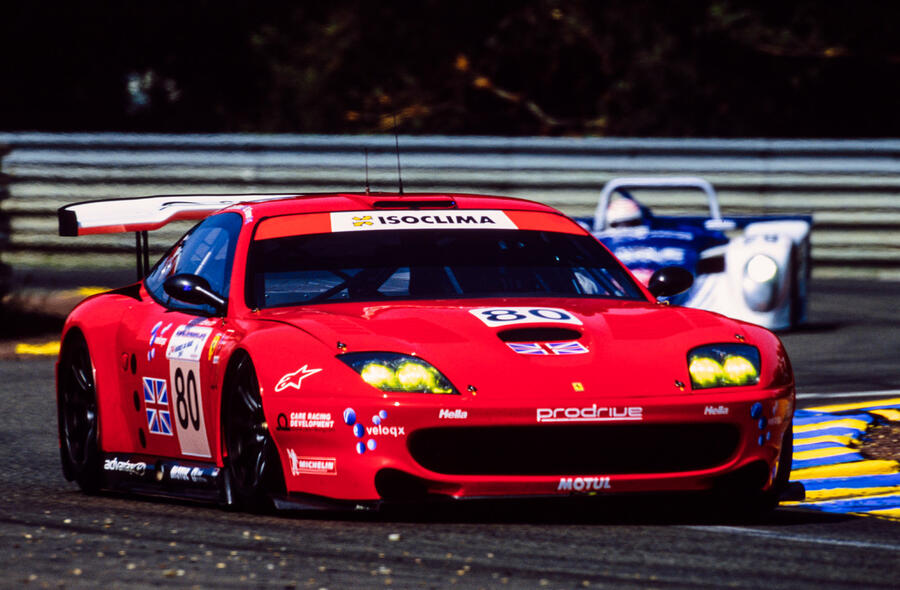
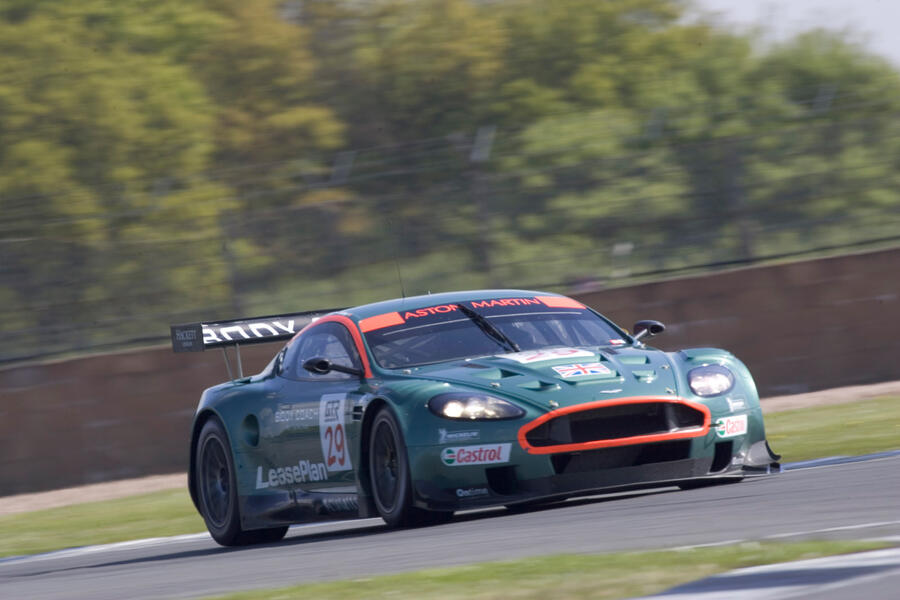
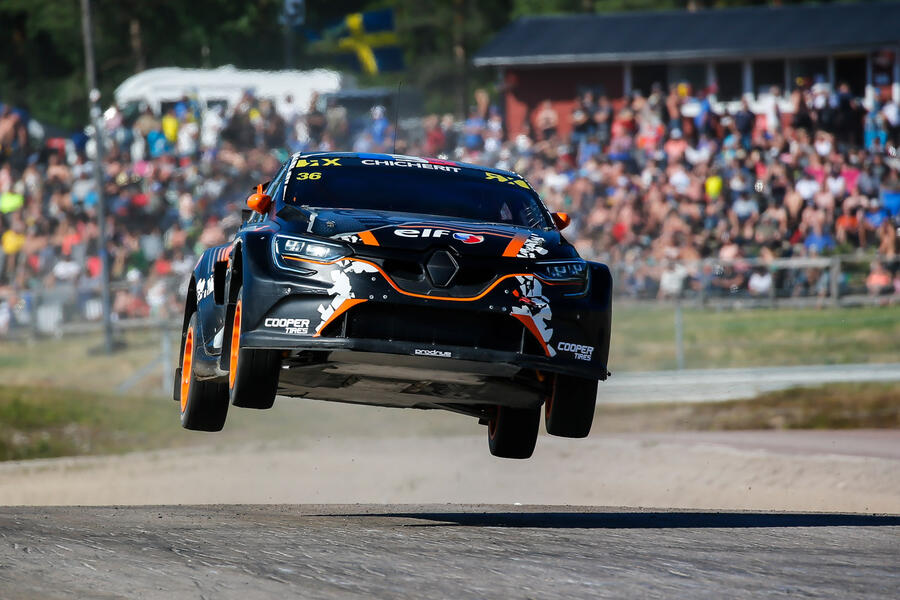






Add your comment